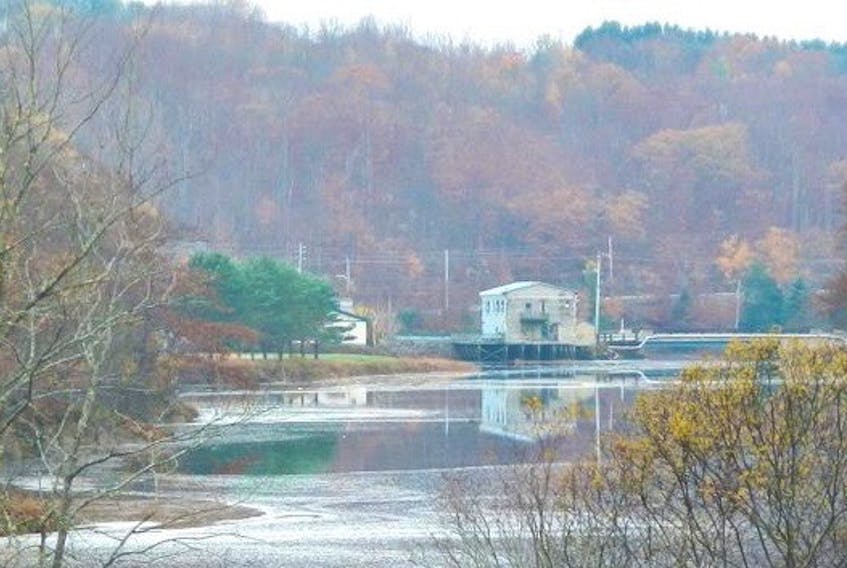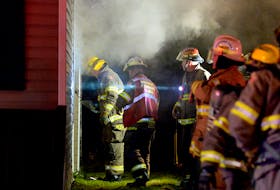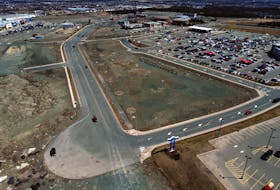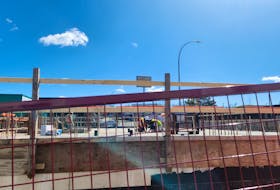BEAR RIVER, N.S. - Establishing measures to combat rising sea levels will be important for the community of Bear River, according to a local climate change coordinator.
Terry Thibodeau, Renewable Energy/Climate Change coordinator for the Municipality of Digby, was one of the guest speakers at a Dec. 6 public meeting in Bear River. He said Bear River is susceptible to flooding and action is needed to ensure the safety of residents.
“We conducted about three or four years ago, what is called our municipal climate change action plan,” Thibodeau told an audience of more than 20 people. “That outlined all of our municipal assets and are they in risk of climate change?
“One of the things that was identified is the sea level rise that’s going to take place over the next hundred years. I think it’s of grave concern to Bear River. It’s something that we should be mindful of as the waters rise and the shores erode.”
Bear River is located six kilometres inland on a tidal river of the Bay of Fundy, which has the highest tides in the world. The community actually lies within the borders of both the municipalities of Digby and Annapolis, which means regional cooperation is needed to push many projects and initiatives forward.
Thibodeau said planning is essential now so the community is prepared in the future.
“It’s going to be something over time that we have to address and not leave it up to our kids to do it,” said Thiobdeau. “I think the first step that we need to do is sit down and identify where the problem areas are, try to come up with some stakeholder communications, some stakeholder engagement, come up with an adoption plan.
“We’ve got all sorts of guides that we can work so if Bear River is willing to do it, I’d be willing to come and start the dialogue and see what we need to do to move that forward towards addressing the next 30, 40, 50 years because it’s obvious we can’t wait.”
Many coastal communities have already taken steps to address climate change and Thibodeau said provincial and federal governments recognize the need to support such initiatives. One of these measures includes doing a Light Detection and Ranging (LIDAR) evaluation, which produces high-resolution maps to help determine the lay of the land.
“I’m not saying for certainty that there’s federal funding out there but there may be some funding to get us going onto a LIDAR test. We need some baseline information.”
Thibodeau also recommended setting up a tide gauge in Bear River.
“One of the things that may be of importance is to maybe put in a tide gauge here in Bear River so we can start getting some baseline data on what the tides are doing and get some frequencies. We’re going to see if we can find some money to get that in Bear River.”
Thibodeau concluded that Bear River can also prepare for climate change by being active with the regional emergency measures organization. EMO helps to plan and respond to emergencies such as flooding.
“Our municipal staff are actually the people that will, in the event of an emergency, will be here to help get you through the emergency. We’ve been through extensive training and we’ll be doing an exercise come spring.”









